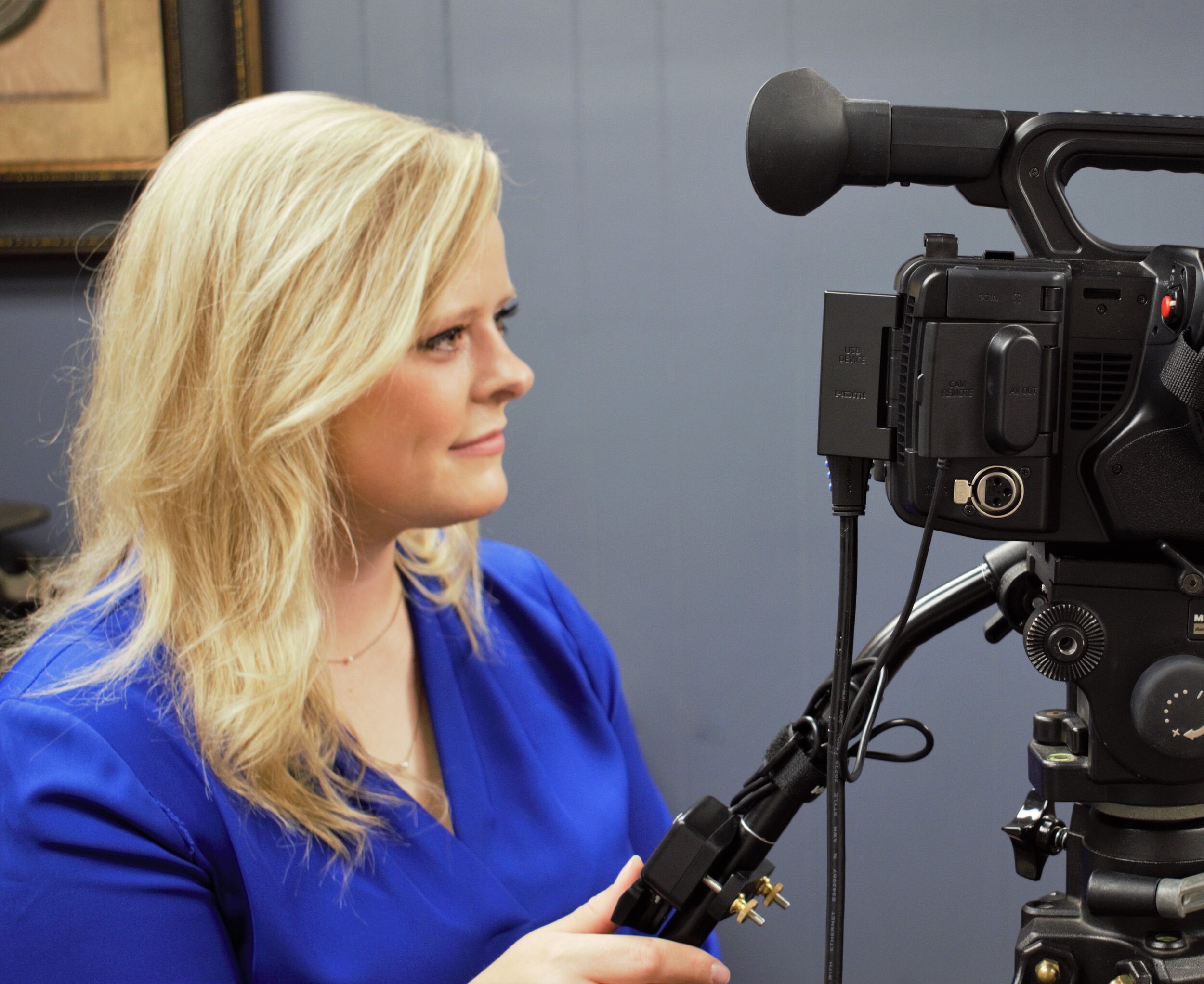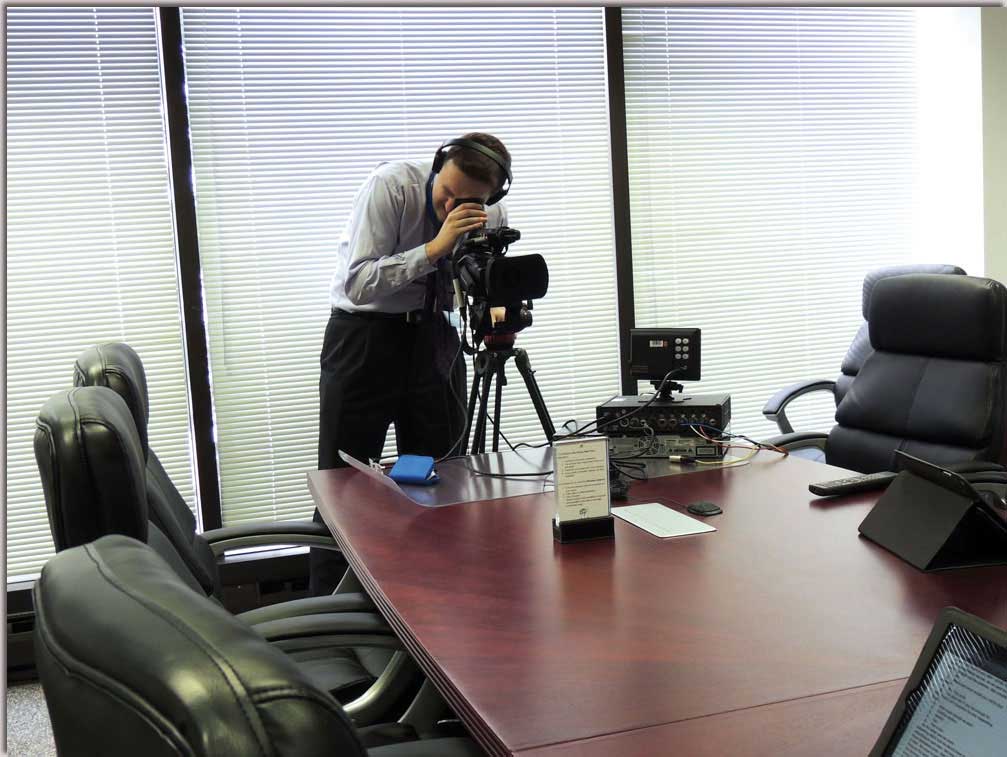Understanding the Influence of Legal Videography on Instance Outcomes
Understanding the Influence of Legal Videography on Instance Outcomes
Blog Article
The Intricacies of Legal Videography and Its Role in Capturing Crucial Details for Evidential Purposes in the Legal Area
In the realm of the lawful area, the usage of videography has actually ended up being an important tool for catching the intricacies and subtleties that can make or break a situation. From recording criminal offense scenes to videotaping witness statements, lawful videography plays a critical duty in presenting critical details with unequaled clarity and precision. Past the surface degree of just recording events, there exists a labyrinth of complexities and factors to consider that need to be navigated to make sure the admissibility and credibility of video proof. Recognizing the technical facets, lawful needs, and tactical implications of legal videography is necessary for legal experts seeking to use its full possibility in strengthening their situations.
Evolution of Legal Videography
How has legal videography developed within the legal area for many years? Lawful videography has actually undergone a significant transformation, adapting to the technical innovations and transforming demands within the legal profession. Legal videography was mostly utilized for basic recordings of legal procedures and depositions. However, with the advent of high-def electronic cameras, progressed editing software program, and on-line systems, the role of lawful videographers has actually expanded to incorporate a wider variety of solutions.

In addition, the increase of digital procedures and remote depositions in recent times has more pushed the evolution of lawful videography, necessitating videographers to adjust their skills to record proceedings properly in a digital setting (Legal Videography). In general, the advancement of legal videography has actually been marked by a shift in the direction of much more innovative innovation, superior professionalism and reliability, and a more comprehensive scope of solutions to fulfill the developing demands of the legal field
Relevance of High-Quality Footage
Top notch footage in legal videography is crucial for accurately documenting and providing visual evidence in a reliable and expert manner. The clarity and detail recorded in top quality video footage can be critical in legal procedures, enabling a specific examination of events, expressions, and details that might be crucial to an instance. Judges, juries, and lawyers depend on aesthetic proof to recognize intricate scenarios, and poor-quality footage can lead to misconceptions or questions regarding the credibility of the evidence provided.
Furthermore, top quality video can improve the overall discussion of evidence, making it extra influential and compelling. This can ultimately reinforce the trustworthiness of the legal group Recommended Reading providing the proof and enhance the likelihood of a desirable outcome for their customers.
Methods for Effective Documents
To guarantee comprehensive and accurate documents in lawful videography, employing reliable methods is critical in recording vital details and proof. Preserving a thorough log of all video footage, including timestamps and summaries of the content, is critical for simple referral and retrieval throughout legal process. By executing these strategies, legal videographers can boost the quality and integrity of their documentation, inevitably strengthening the telltale value of their recordings.
Admissibility and Verification of Video Clip Evidence
In the world of legal videography where careful paperwork is critical, the admissibility and verification of video clip proof play an essential duty in figuring out the integrity and validity of taped products. Admissibility refers to the acceptance of video clip proof in a law court, while verification ensures that the video offered is genuine and unaltered. For video evidence to be acceptable, it has to satisfy legal demands image source such as significance, dependability, and credibility. The chain of custodianship, which records the handling of the video clip from videotaping to discussion in court, is essential for establishing authenticity.
Techniques such as electronic signatures, metadata evaluation, timestamps, and expert testament can be utilized to validate video clip evidence. Inevitably, the admissibility and authentication of video proof are critical in maintaining the honesty of legal procedures and making certain that justice is served based on trustworthy information.
Enhancing Legal Techniques With Video Clip Technology

These reconstructions can aid clear up intricate information, timelines, and spatial relationships, assisting in the comprehension of intricate legal concerns. In general, the assimilation of video modern technology into lawful strategies not just enhances the discussion of proof however additionally strengthens the persuasiveness and reputation of legal debates.
Conclusion
To conclude, legal videography plays a vital role in catching essential details for telltale functions in the lawful area. Through the development of technology and strategies for effective paperwork, high-quality video footage can boost lawful techniques and supply beneficial evidence in court. Legal Videography. Making sure the admissibility and verification of video clip evidence is essential to using video clip modern technology effectively in legal procedures
Understanding the technical aspects, legal requirements, and tactical ramifications of legal videography is vital for legal experts seeking to utilize its full capacity in reinforcing their situations.
Legal videography was mainly used for simple recordings of legal process and depositions.Utilizing video clip modern technology in legal approaches can considerably bolster the effectiveness of legal specialists in presenting evidence and disagreements in a engaging and persuasive way. On the whole, the integration of video clip modern technology right into legal strategies not just improves the presentation of proof yet likewise strengthens the persuasiveness and reliability of lawful disagreements.
In conclusion, lawful videography plays a critical function in capturing essential information for indicatory purposes in the lawful field.
Report this page